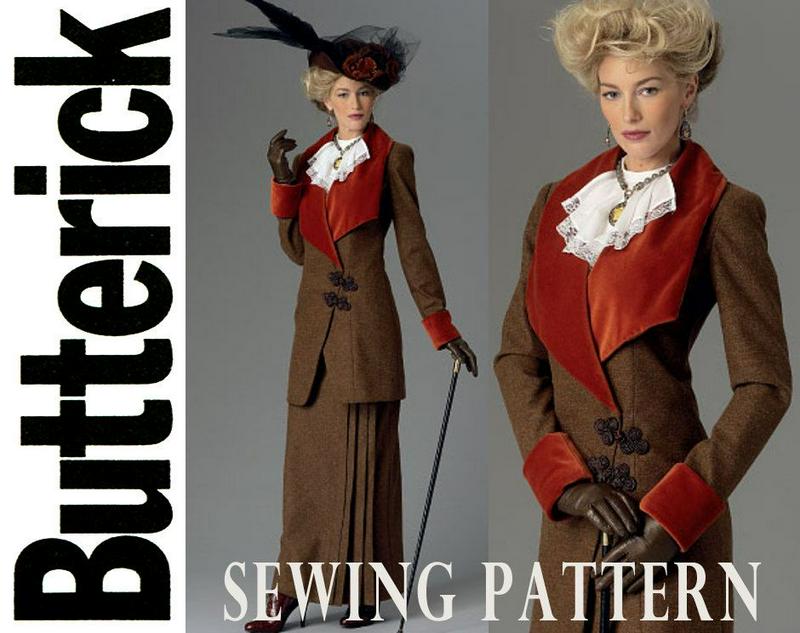Fashion You Could Make At Home: Butterick And Co
By | June 26, 2021

In recent years, thanks to the helpfulness of Youtube, we’ve seen a marked rise in “Do it yourself” projects. Since watching an “expert” complete whatever deed you’ve set for yourself sits just a click away, why wouldn’t you give the old college try? However, this concept of DIY is not new. It literally started a century ago and gave rise to one of the first clothing empires in America. The story begins with a tailor named Ebenezer Butterick and his wife Ellen, who made family clothes.

The Dark Ages
In the 18th century, you had two options in regards to clothing: make your own or pay someone to make them for you. The concept of a store with racks of clothing in various sizes still lay many decades away. Since paying someone to outfit you with apparel ran roughly an arm and a leg, most people made their own clothes. That meant a person would either cut fabric freehand or manually size up or down from the singular size available per pattern.

A Clothing Epiphany
Most people’s knowledge of sewing is limited to which end of a needle is pointy. Manually scaling up or down patterns sucked, even for skilled laborers like Ellen Butterick. When she made a gown for their child, Ms. Butterick remarked on how helpful it would be to have sized patterns at the outset. That gave old Ebenezer a multi-million dollar idea. Since he already scaled clothes on a daily basis for individual customers, could he create graded patterns for the home sewer?

Scaling Clothes And An Empire
After some investigation, Butterick stumbled upon the crucial brainstorm to use tissue paper rather than cardboard for his pattern material. Cardboard ranked as the go-to pattern material at the time and his divergence meant he could ship more at less cost. Quickly he and Ellen became swamped in orders and called in reinforcements in the form of family members. As it turns out Ellen wasn’t the only person who despised scaling down patterns for their children. Six months after starting they moved into a much larger house in order to fill their endless orders. Another six months later in 1866, they moved to New York City.

E.Butterick & Co.
By 1873, Butterick & Co. sold approximately six million patterns a year at 25 cents each. Adjusted for inflation that’s nearly $33 million annually! As their revolutionary idea continued to blossom, they opened offices in London, Vienna, Berlin, and Paris. Around the turn of the 20th century, they moved into what is now Manhattan’s Soho district.
They started fashion magazines, employed the newest patterns from European designers and even brought mail order purchases into vogue. One of Butterick’s most famous patterns, the Garibaldi suit, prompted a generation of young men to beseech their mothers to sew them one. The company’s three magazines combined totaled 1.3 million registered periodicals. From a humble tailor and clothing maker to one of the largest clothing companies in the world, Butterick & Co. really started from the bottom but they wouldn’t end on top.

The Great Depression
After Ebenezer passed in 1903, his wife predeceasing him by more than 20 years, the company hit hard times. Competitors entered the pattern business, most prominently Vogue. Rather than tailor their designs to the middle class, as Butterick did, the iconic magazine went for upper-class designs and those who aspired to it. In the 1920s, when the ready-to-wear era rolled out, Butterick & Co. was dealt another big blow. The Great Depression became the giant straw that broke the camel's back. The company went bankrupt but it reorganized in the late ’30s. However, the peak of Butterick was long gone.
